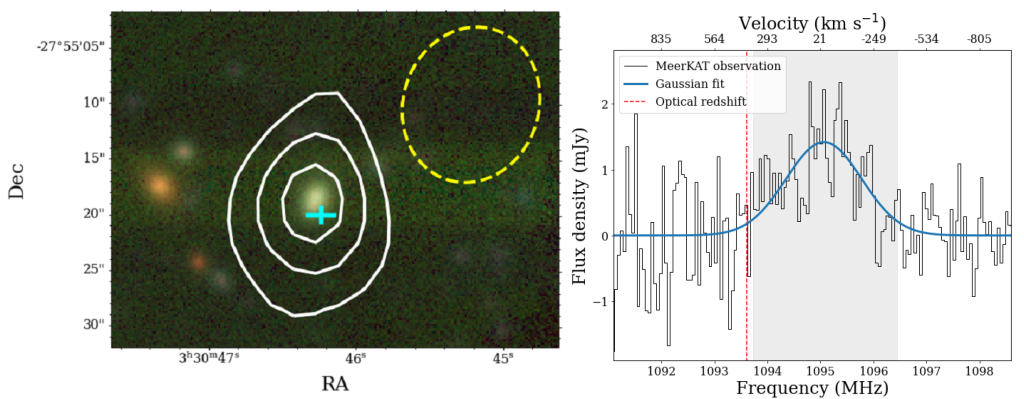If SETI is your thing…
…then you won’t want to miss the Drake Awards!

…then you won’t want to miss the Drake Awards!

As predicted by the forecast below, RFO is socked in tonight. Tomorrow night should be really good, however.

The first three rows mostly characterize moisture in the air (a lot tonight, very little tomorrow night). Seeing represents turbulence, but that doesn’t affect us much because our pixels are big, which is because our field of view (FOV) is enormous (75 degrees!). Darkness matters a lot however for the same FOV reason. And this week, the Moon rises and sets with the Sun, which makes the nights nice and dark because the Moon isn’t lighting up every tiny water droplet and mote of dust that happens to be floating around the sky.
And so this is what the sky currently looks like at Ferguson:

However, at the same time, looking at the exact same stars–but from underneath a different part of the atmosphere–IFA2 is having a great night:

Hopefully, tomorrow night it’ll stay this way in Hawaii but also look like this in California!
The SETI Institute just moved and is decorating the new offices to make it feel like home. We’re a big fan!

It’s been a while since we’ve had good conditions up on Haleakala. Rain, fog, high clouds… you name it. Day after day, it seemed it wouldn’t stop. Nice to see the stars again, so pretty and clear!

In case you missed it, you can still watch the Facebook Live, where the SETI Institute‘s Beth Johnson interviews LaserSETI principal investigator, Eliot Gillum
SETI Institute Giving Day is here! Help us raise $6k TODAY to put more instruments in the field faster. If we reach our funding goal, a generous donor will write a check for another $5k. This is an awesome opportunity to support LaserSETI. Make a gift now! https://bit.ly/3O4YKbY
Today at 10am Pacific, we’ll be going live to give an update on the project and answer your questions!
In every LaserSETI instrument, there’s a large-capacity USB hard drive that we use to capture all the data coming from the two science cameras. Even with the biggest drives being made today, we can only store a month or two worth of data, but it’s an important staging area. The one in IFA2, however, had been dropping offline whenever we tried to read or write too much data to it.
So we shipped out a new drive to Doug, who’s local on Maui, and yesterday he drove the 3-hour round trip to the summit and replaced the drive. The weather had been uncooperative and we prefer not to operate in the rain, but he saw an opening and made a dash for it.

I don’t want to say “it’s fixed” too early or jinx it, but last night we made it through a full night of observing, streaming data at over 100 Mbps, while also backhauling the data to our datacenter in California… stressing the hard drive to the max, and everything went smoothly! Fingers crossed it stays happy for a good long while.
Astrophysical masers are a well known phenomenon when molecules within a stellar atmosphere get excited and emit coherent photons. When it happens around an (active) galactic nucleus, it’s proportionately brighter hence the aptly-named megamaser.

Today, news broke of one of the brightest known megamasers ever discovered!

To be clear, astrophysical masers are different than what LaserSETI is looking for in a number of ways. First, these are radio waves, not visible light. Second, they shine equally in all directions (isotropic) vs. human-made lasers which are a focused beam (spatially coherent). Third, they don’t turn on and off like a light switch.